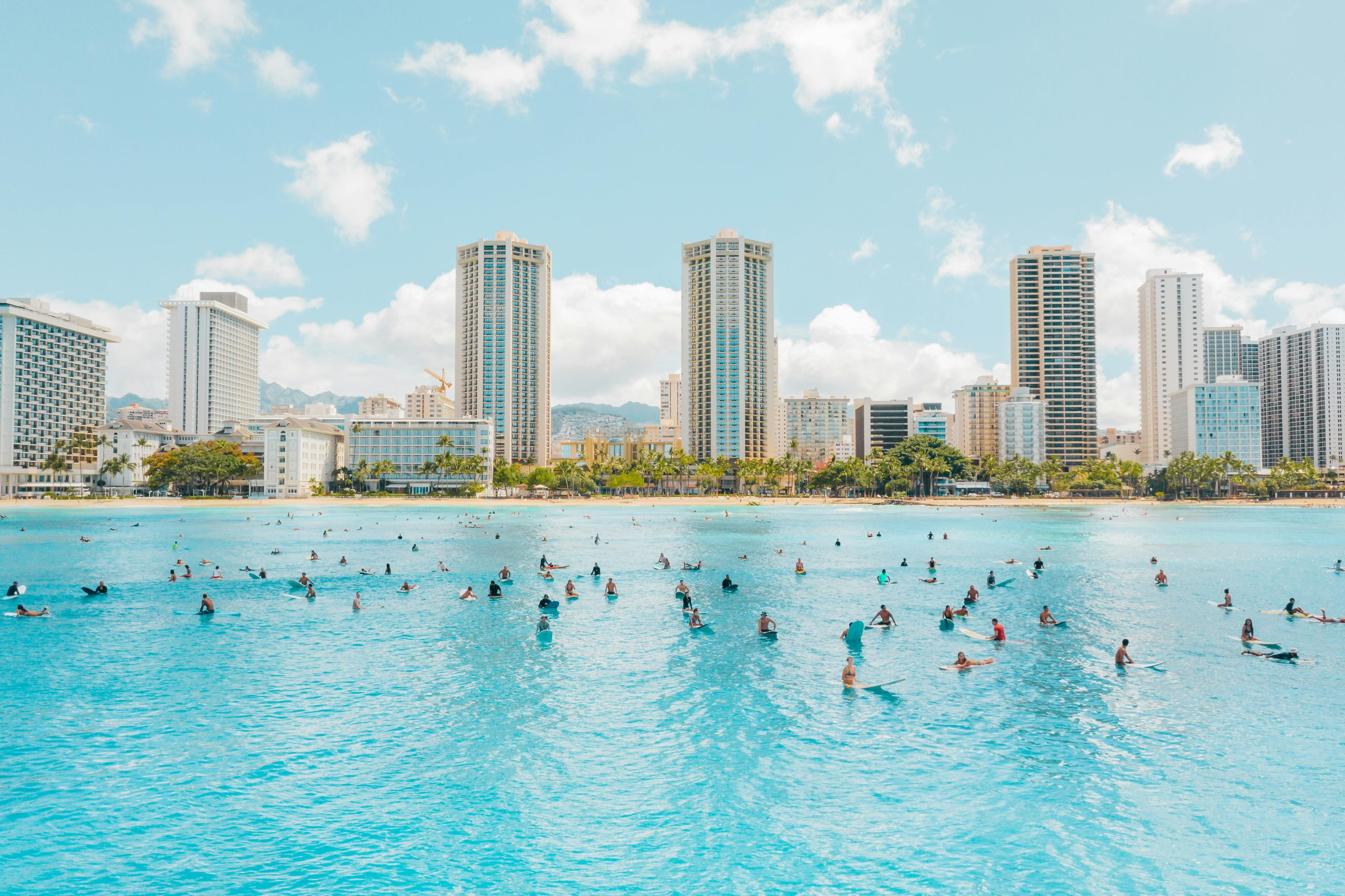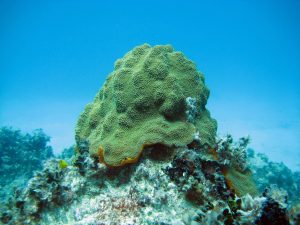Post-Plastic Beaches: Shorelines Restored via 3D-Printed Coral Hotels
When we think of beaches, we often envision pristine coastlines, crystal clear waters, and picturesque views. But unfortunately, this idyllic image is quickly disappearing due to the devastating effects of plastic pollution. Plastic waste, particularly single-use items like straws and bottles, have become a major threat to our oceans and marine life, causing irreparable damage to shorelines and ecosystem. However, a groundbreaking solution has emerged: 3D-printed coral hotels. These innovative structures offer a glimmer of hope in the fight against plastic pollution, as they not only provide habitats for marine life but also help restore post-plastic beaches. Let’s explore how these 3D-printed coral hotels are revolutionizing the way we protect and preserve our shorelines.
The Plastic Crisis Facing Our Beaches
It’s no secret that our planet is facing a plastic crisis, and our beaches are feeling the brunt of it. According to a study by the Center for Biological Diversity, more than 8 million tons of plastic end up in our oceans each year. This amount is equivalent to a dump truck full of plastic being dumped into the ocean every minute. And the impact of this plastic pollution on our beaches is heartbreaking.
Plastic waste on beaches poses a significant threat to marine life. Birds and marine animals often mistake plastic for food, which can lead to ingestion and entanglement, causing injury and death. As these plastic items break down into smaller pieces, they release toxic chemicals into the ocean, further harming marine life and their habitats. But it’s not just wildlife that suffers; plastic pollution also affects the tourism industry and local economies that rely on beach-goers.
Introducing 3D-Printed Coral Hotels
But what if there was a way to not only remove plastic waste from our beaches but also restore and protect them for the future? That’s where 3D-printed coral hotels come in. These structures are made from a biodegradable, calcium carbonate-based material that mimics the structure of natural coral. They are designed to be easily deployed to damaged reef areas, where they provide a new home for coral and other marine life.
The process of creating these 3D-printed coral hotels is fascinating. First, a 3D scan is taken of an existing coral structure, which is used as a template for the printing process. Then, the material is 3D printed layer by layer to create an exact replica of the coral structure. The resulting artificial coral structure is placed in the ocean, where it can attract and support new coral growth, creating a thriving habitat for marine life.
Restoring Post-Plastic Beaches
One of the most significant benefits of 3D-printed coral hotels is their ability to restore post-plastic beaches. These structures provide a new home for marine life that may have been affected by plastic pollution and create a natural barrier to protect the shoreline from further damage. As the coral grows, it helps to stabilize the surrounding sediment, preventing erosion and preserving the shoreline.
Moreover, 3D-printed coral hotels can attract and support a diverse range of marine life, providing an opportunity for researchers to study and monitor the health of the ecosystem. This valuable data can help inform future conservation efforts and promote a better understanding of the ocean’s delicate balance.
Advancing Technology for a Plastic-Free Future
The groundbreaking technology behind 3D-printed coral hotels is a significant step forward in the fight against plastic pollution. Not only do these structures help to remove plastic waste from beaches, but they also create a self-sustaining ecosystem that contributes to the overall health of our oceans.
As we continue to search for solutions to address the plastic crisis, advancements in technology, like 3D printing, offer hope for a plastic-free future. With further research and development, we may see these structures deployed on a much larger scale, protecting more shorelines and preserving marine life for generations to come.
Conclusion
The sight of plastic waste littering our beaches is a devastating reality, but with 3D-printed coral hotels, we have a chance to restore and protect these shorelines. These innovative structures provide a home for marine life, promote the growth of coral reefs, and create a natural barrier against plastic pollution. As we continue to develop and implement technology to protect our oceans, we can look forward to a future where post-plastic beaches are not just a dream, but a reality.











